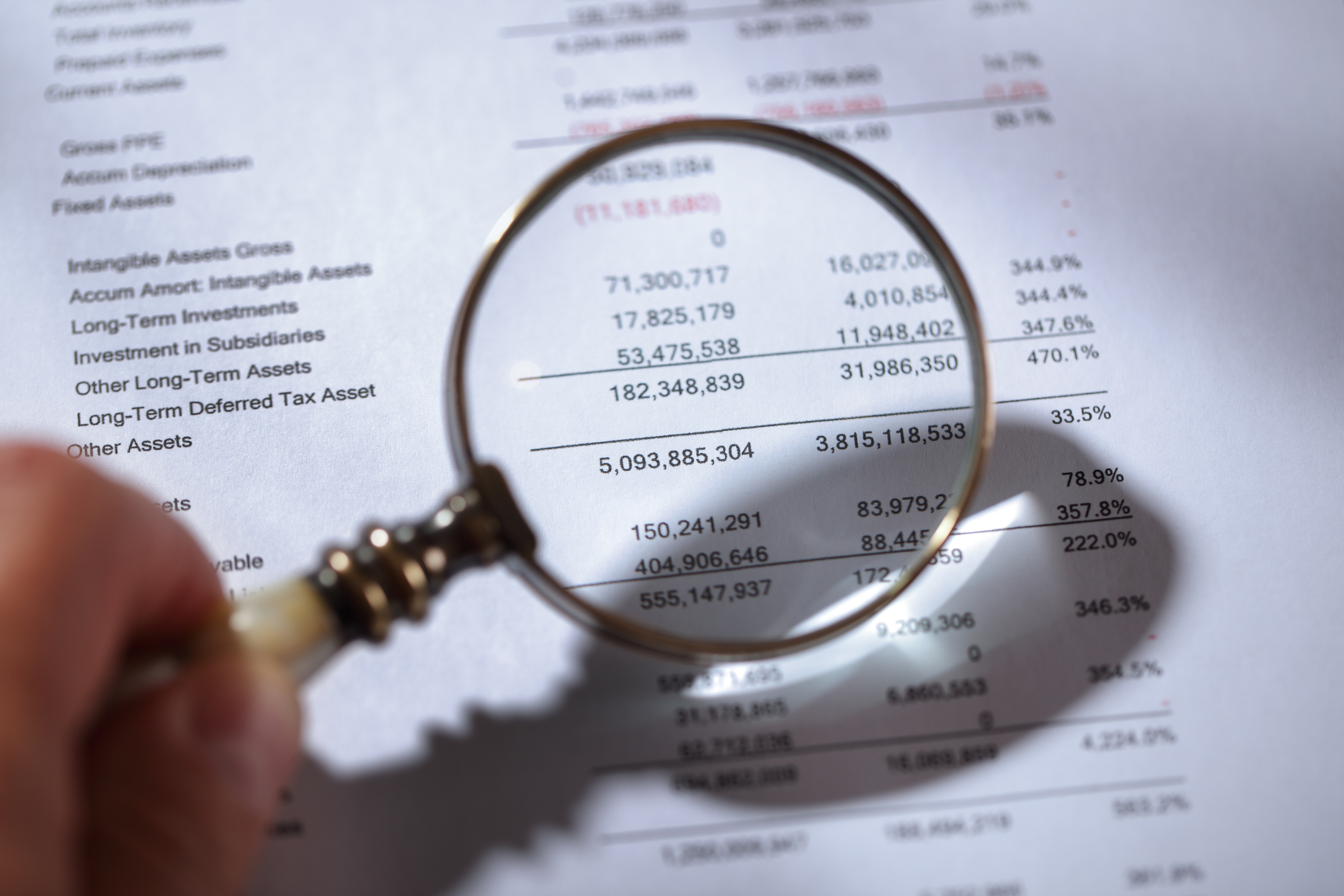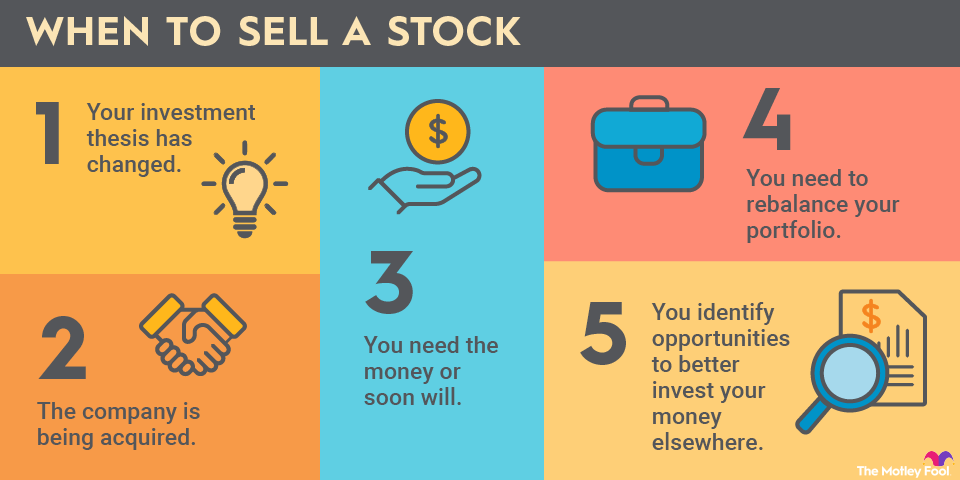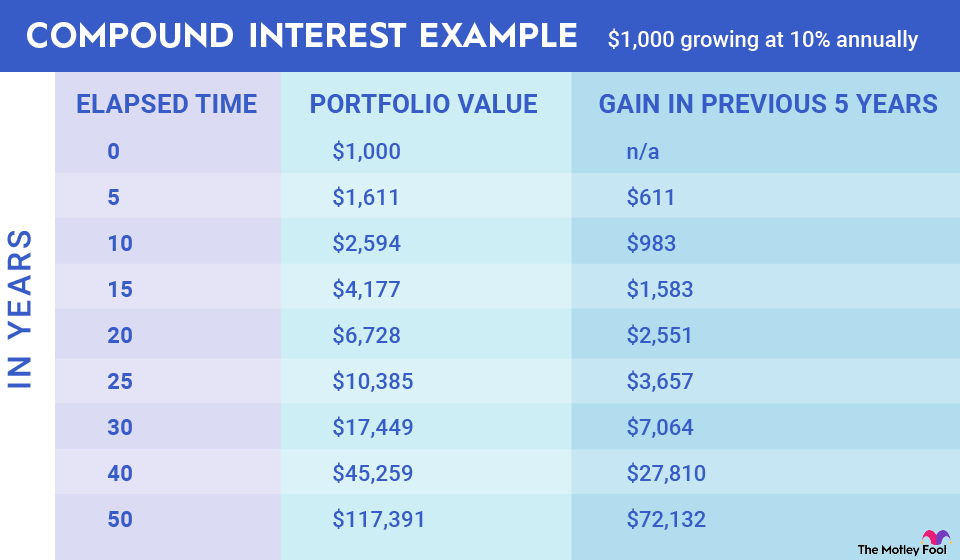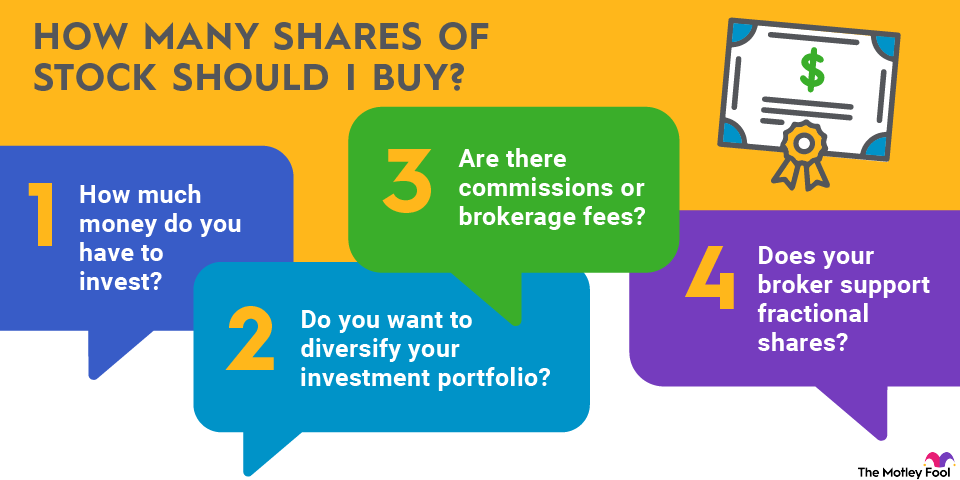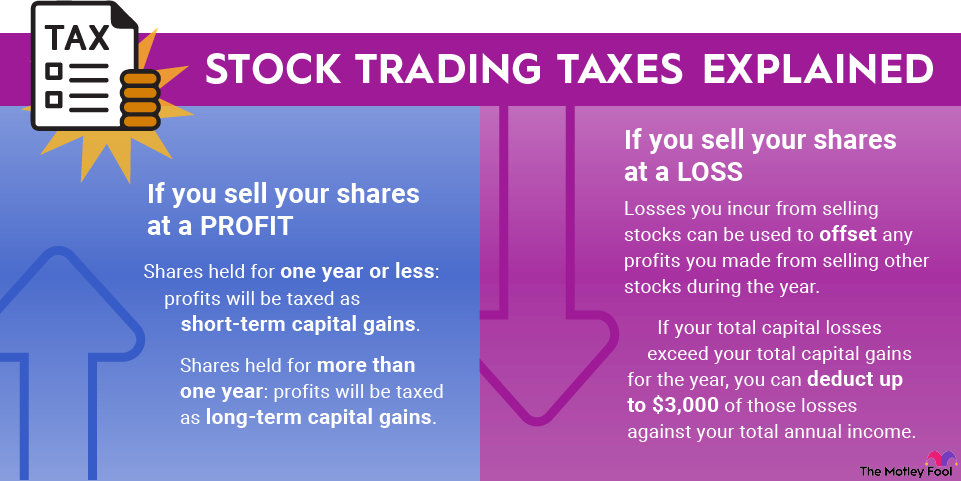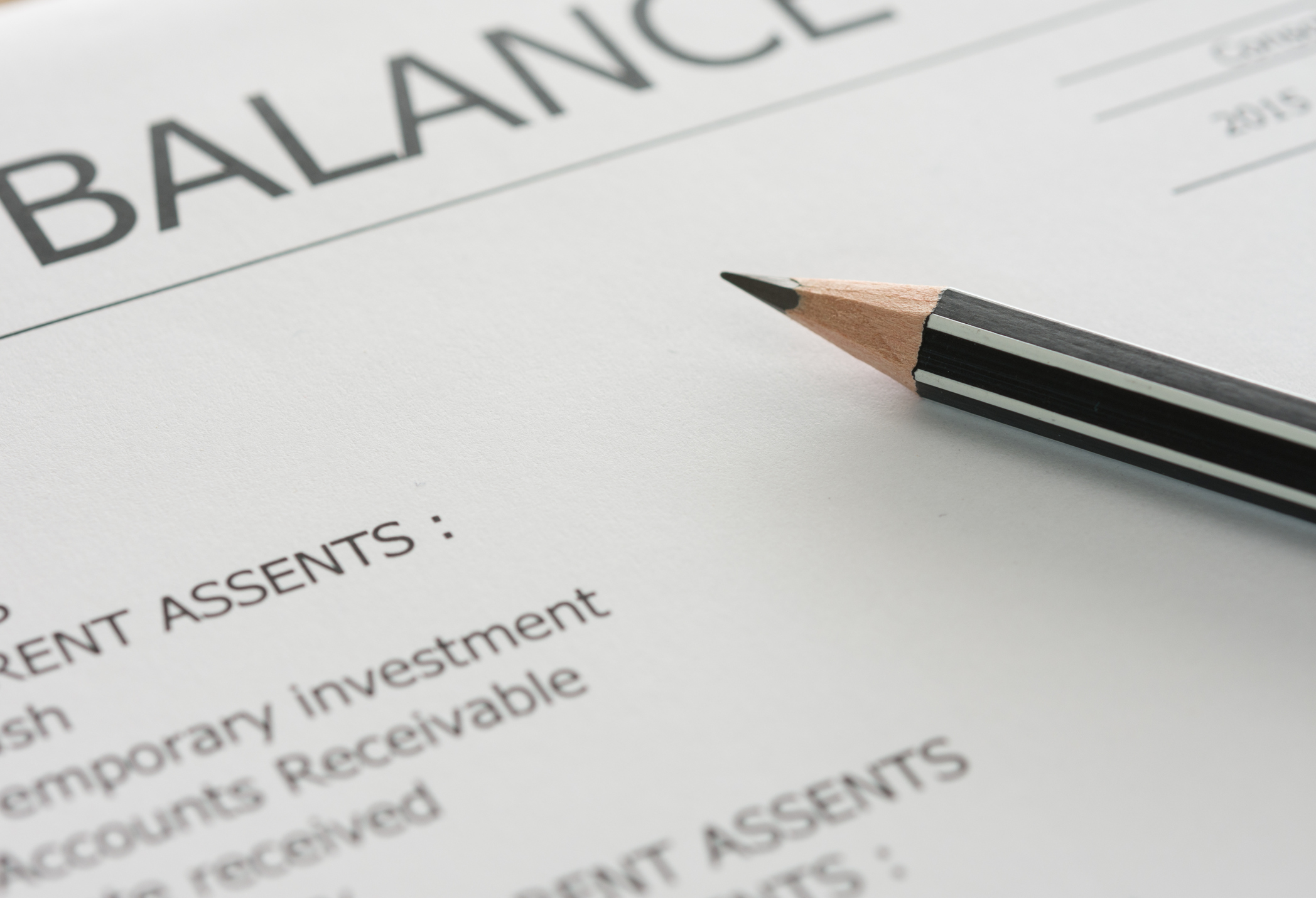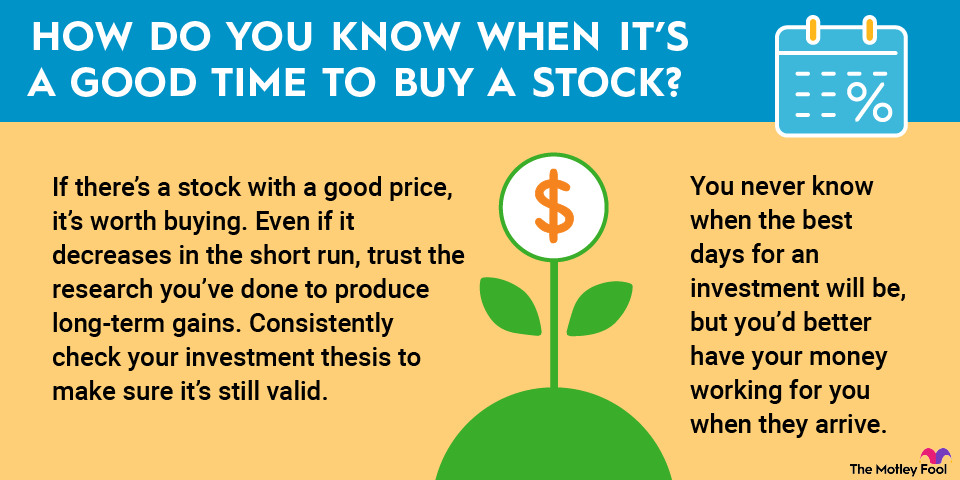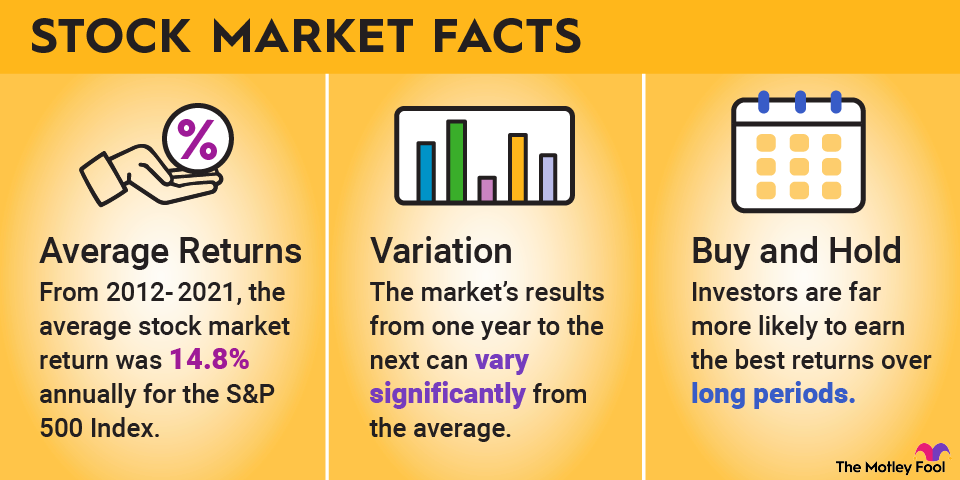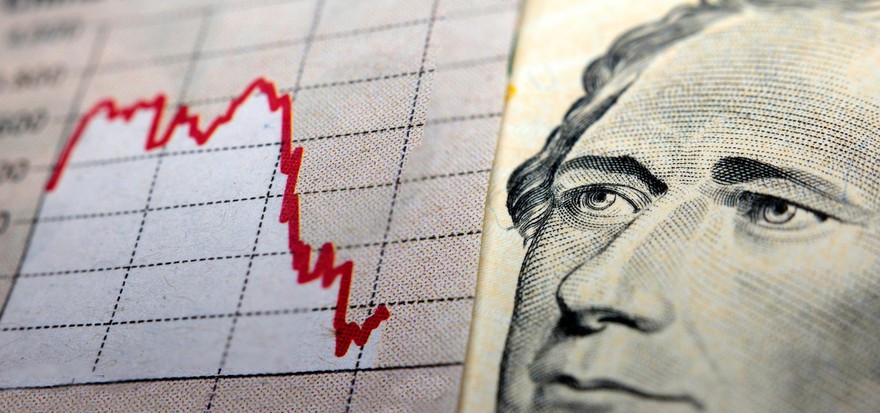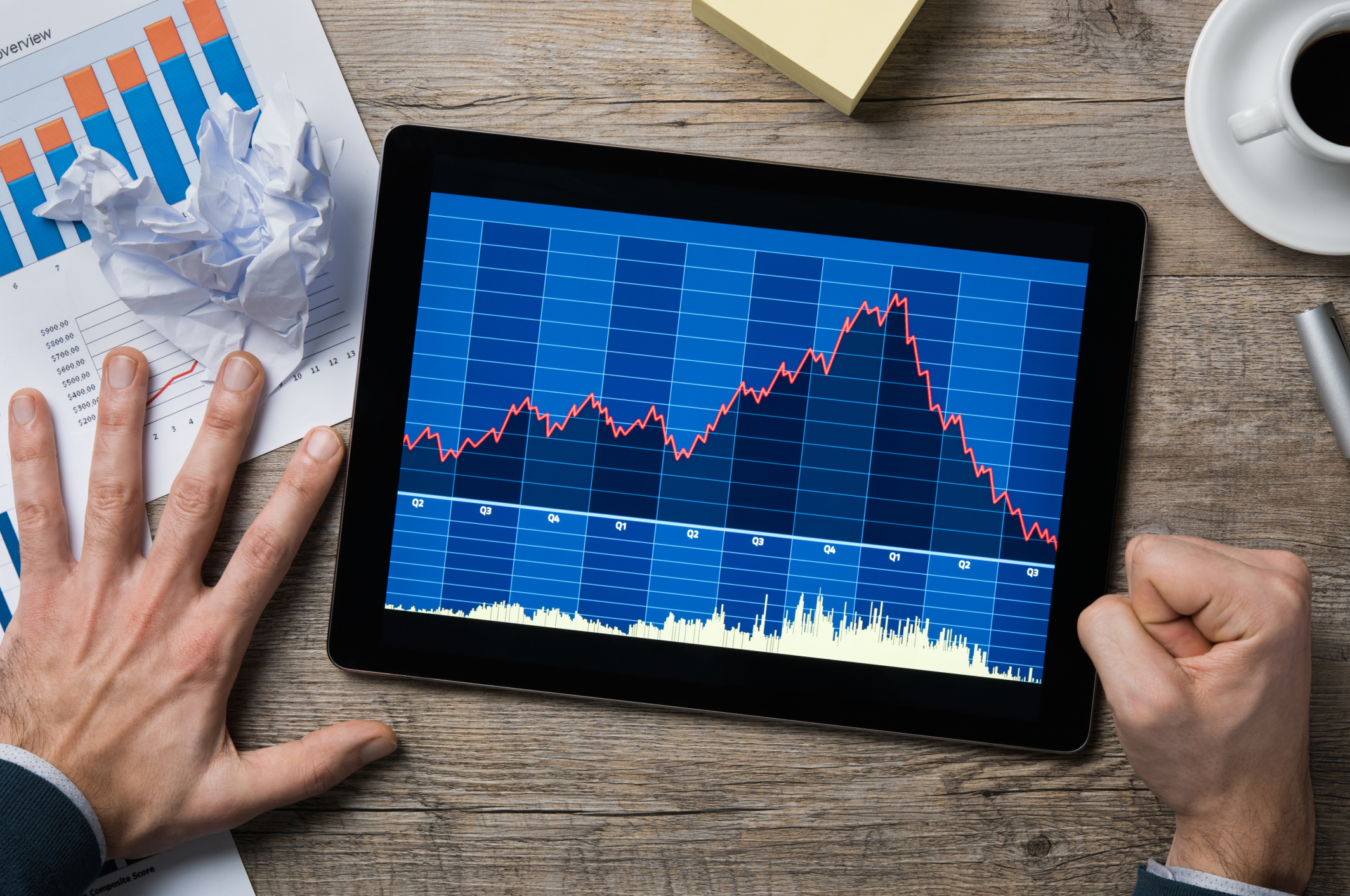Viking Therapeutics (VKTX -1.84%) is a clinical-stage biopharmaceutical company that specializes in developing novel therapies for metabolic and endocrine disorders. The company held its initial public offering (IPO) in April 2015 with an initial offering price of $8.50 per share. Its stock performance since then has been extremely volatile, with significant gains and losses over the years, including a peak approaching $94 and lows of less than $1 per share.
The company is primarily known for its promising drug candidates in the weight loss, diabetes, and liver disease markets. Viking could be a potential competitor to major pharmaceutical companies like Eli Lilly (LLY -1.54%) and Novo Nordisk (NVO -0.88%) in the next several years. Today, Viking's pipeline includes several lead drug candidates in clinical trials.

NASDAQ: VKTX
Key Data Points
Investors are closely watching VK2735, a dual GLP-1 and GIP receptor agonist for the treatment of obesity and type 2 diabetes. VK2375 is currently in Phase 3 clinical trials for an injectable formulation and Phase 2 trials for an oral tablet formulation.
Viking Therapeutics is also working on VK2809, a drug that treats MASH (metabolic dysfunction-associated steatohepatitis), a liver disease that can lead to fibrosis and other complications, and VK0214, which is being developed for the rare genetic disorder known as X-linked adrenoleukodystrophy (X-ALD). VK0214 could be particularly revolutionary if it succeeds in clinical trials since it would be the first available treatment for this rare condition and could address the root biochemical cause of the disease for a broad patient population.
As a clinical-stage company, Viking Therapeutics does not have any products on the market. It is a high-risk but potentially high-reward bet in the healthcare space. Here’s what investors need to know about how to buy Viking Therapeutics stock, whether or not it’s a good buy, and more.
How to buy Viking Therapeutics stock
Since Viking Therapeutics is publicly traded, you can buy shares of the company like you would any other stock. Here’s what you need to know.
- Step 1: Open your brokerage account: Log in to your brokerage account where you handle your investments.
- Step 2: Search for the stock: Enter the ticker or company name into the search bar to bring up the stock's trading page.
- Step 3: Decide how many shares to buy: Consider your investment goals and how much of your portfolio you want to allocate to this stock.
- Step 4: Select order type: Choose between a market order to buy at the current price or a limit order to specify the maximum price you're willing to pay.
- Step 5: Submit your order: Confirm the details and submit your buy order.
- Step 6: Review your purchase: Check your portfolio to ensure your order was filled as expected and adjust your investment strategy accordingly.
Should I invest in Viking Therapeutics?
As a clinical-stage company, Viking's stock is highly speculative and volatile. The biotech company's future growth story depends heavily on the success of its ongoing clinical trials and the promise of future regulatory approvals, so any setback can potentially cause major stock price drops.
For example, the stock plunged in summer 2025 after Phase 2 results for its GLP-1 drug underwhelmed investors. While the drug showed promising weight loss efficacy, investors were primarily concerned about high patient discontinuation rates and tolerability issues compared to existing options.
Viking faces stiff competition from major pharmaceutical companies like Novo Nordisk and Eli Lilly, which already have successful GLP-1 products. These established players are also developing next-generation drugs that could challenge Viking's market potential.
Viking Therapeutics relies heavily on its cash reserves and may need to raise more capital in the future. The company reported a cash position of $715 million as of the end of the third quarter of 2025. These headwinds may beg caution from long-term investors, and may dissuade some from putting capital to work in the stock at all.
That said, there are some compelling reasons to consider an investment in Viking Therapeutics if you have the capital to put to work, the patience to let your investment grow, and the risk tolerance to deal with the volatility and uncertainty of this type of stock, given its potentially high-reward profile. The global market for weight loss and diabetes drugs is projected to surpass $150 billion by the early 2030s.
This market provides a substantial opportunity for new entrants like Viking if its treatments are approved, and increases the potential to fragment the market away from current dominant players like Eli Lilly and Novo Nordisk. Despite the volatile market reaction to some trial results, VK2735 has shown impressive efficacy.
For example, in its Phase 2 trial, the injectable version of the GLP-1 drug demonstrated rapid and significant weight loss in the highest dose group of as much as 14.7% in just 13 weeks. If these compelling results continue into late-stage development, the drug could be well positioned to be a best-in-class treatment, which could be a major catalyst for Viking's future business growth.
The company is prioritizing its GLP-1 drug for obesity and diabetes and is currently exploring partnership opportunities for its MASH and X-ALD candidates, rather than committing its own resources to their late-stage development and commercialization at this time.
However, future approved products outside of the diabetes and weight loss drug markets could diversify Viking’s potential revenue streams in the next decade and beyond.
Is Viking Therapeutics profitable?
Viking Therapeutics is not profitable. As a clinical-stage biopharmaceutical company, it does not generate revenue from product sales because it has no approved drugs on the market. It is likely to report significant net losses for the foreseeable future as it invests heavily in research and development (R&D) for its drug candidates.
Does Viking Therapeutics pay a dividend?
Viking Therapeutics does not pay a dividend and has never declared or paid any cash dividends. As a clinical-stage biopharmaceutical company, management will focus on reinvesting capital to develop new therapies for metabolic and endocrine disorders.
Will Viking Therapeutics stock split?
Viking Therapeutics has never split its stock and probably won’t do so anytime soon. Considering the highest shares have recently traded at near $100, a stock split is unlikely to be a consideration for management in the near term.
Related investing topics
The bottom line on Viking Therapeutics
Investing in Viking Therapeutics is a high-risk, high-reward proposition that is broadly centered on the success of its experimental weight-loss and diabetes drug VK2735. The company has no product revenue, so its future hinges entirely on successful clinical trials, regulatory approval, and potential commercialization of its drugs in the future.
While there has been speculation that Viking Therapeutics could pose a ripe acquisition target for a larger healthcare organization, this hasn’t yet materialized and may never happen. Long-term investors with a well-diversified portfolio who want to gain exposure to a newer player in the GLP-1 market might consider a position in the business, given its long-term potential.
However, if you’re looking for a company that already has established revenue or profit streams, it may be best to invest your money elsewhere.
